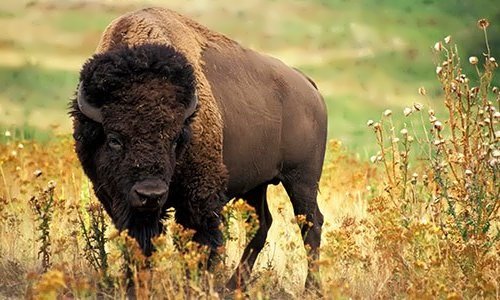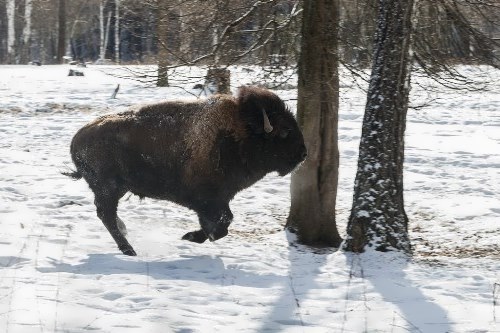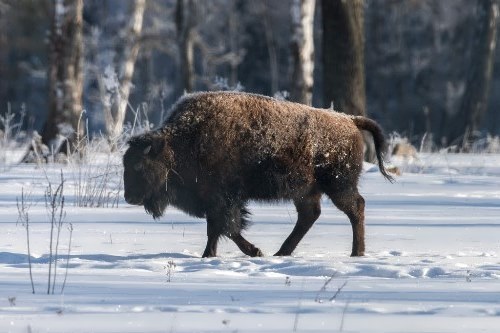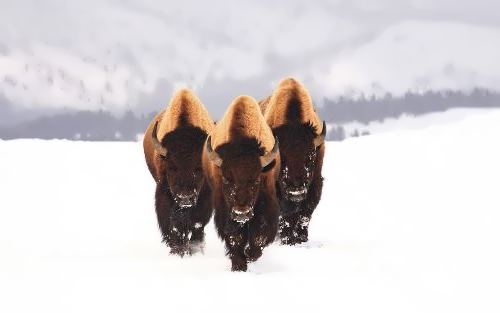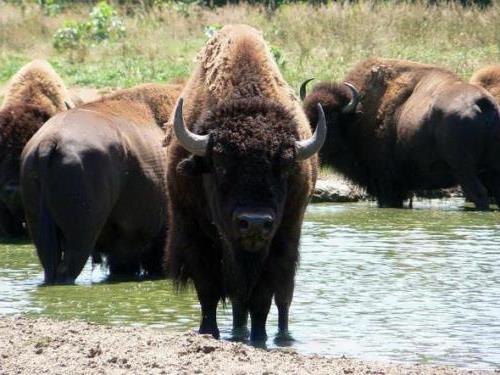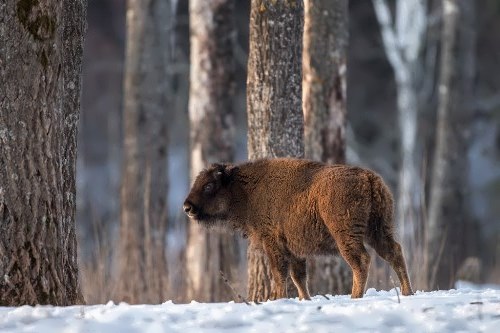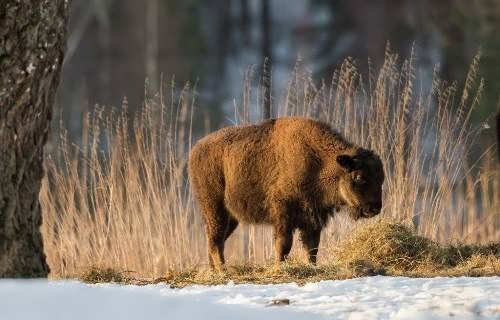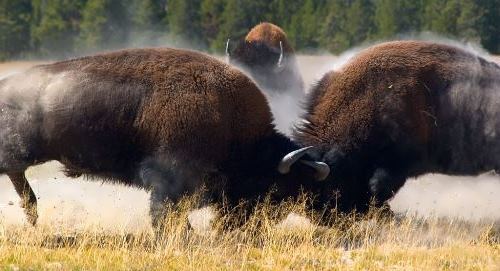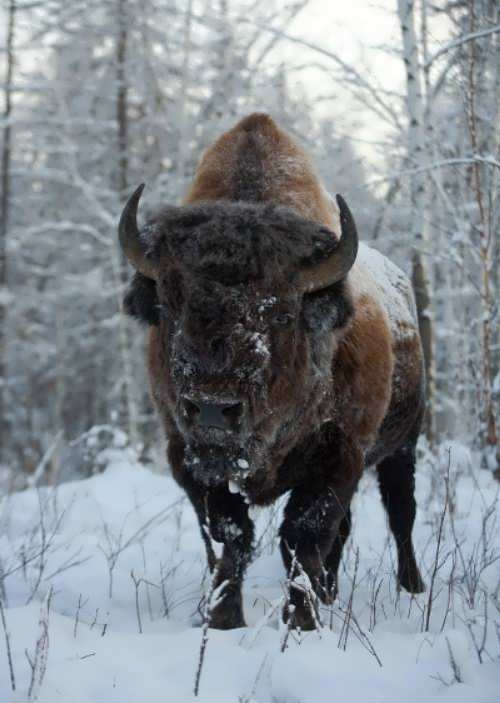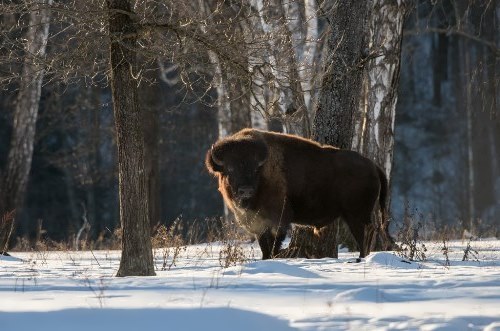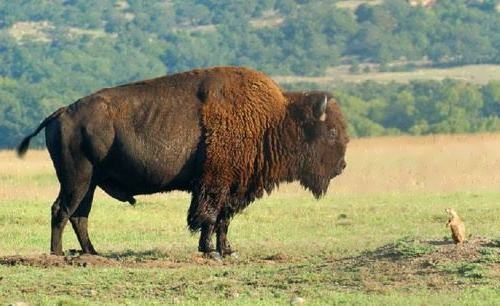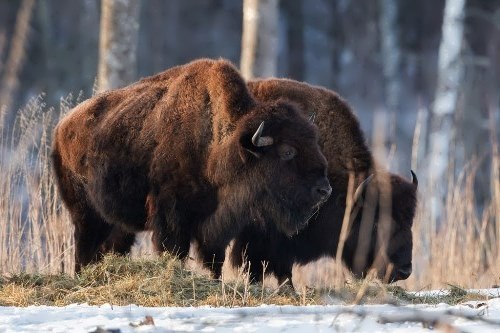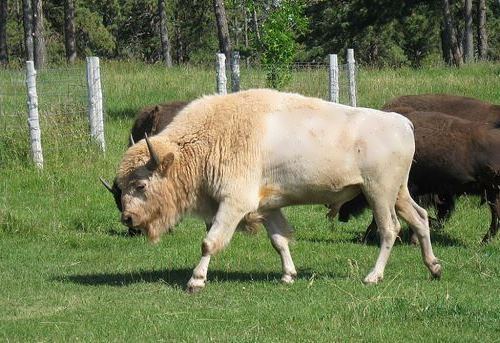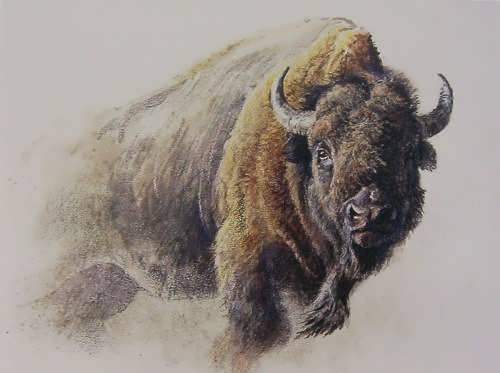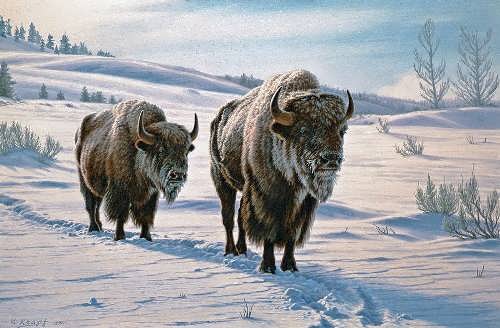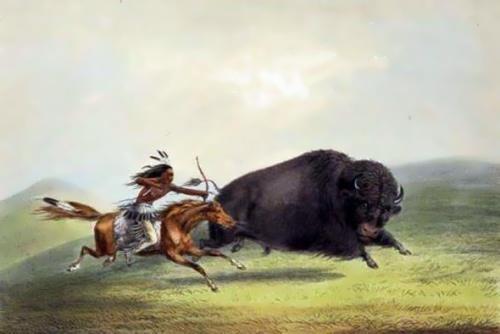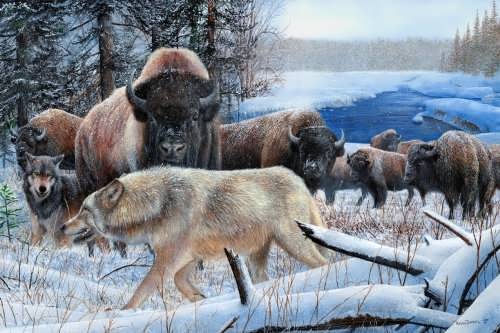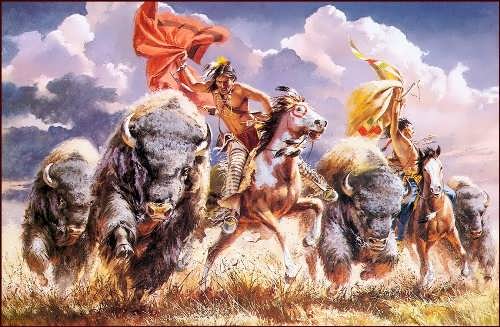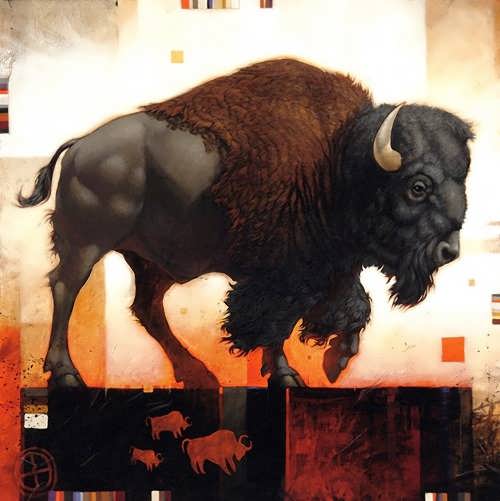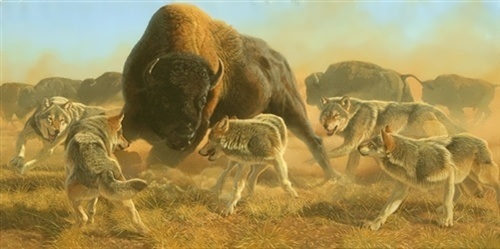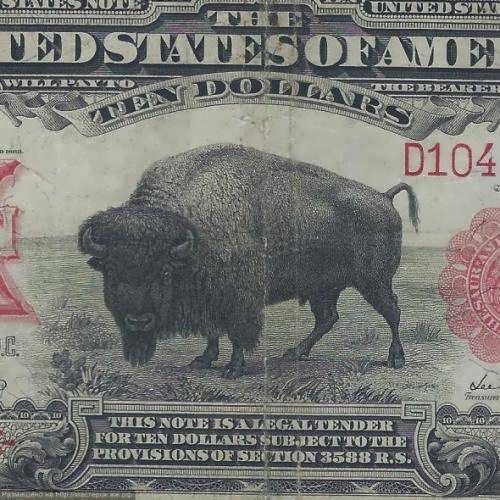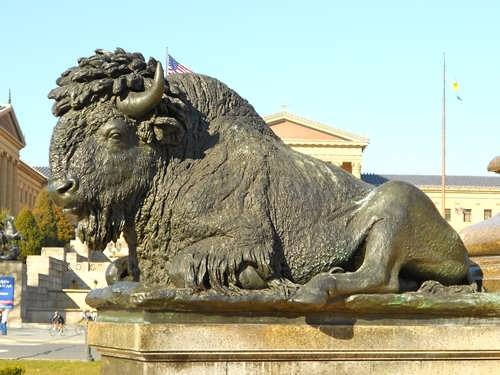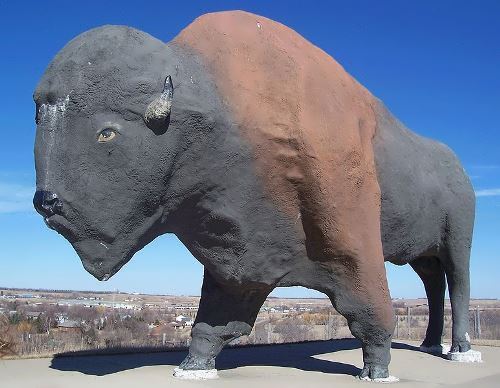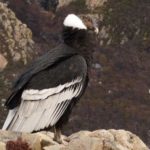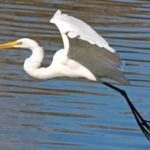Bison – Majestic Beast
Bison has a massive body, humped shoulders, and pointed horns. In winter, its coat is dark brown and in the spring it is light-brown. They are the largest land mammals in North America and Europe. There are two species of bison: the American bison and the European bison.
An average bison has a head and body length of 2.1 to 3.8 meters and a shoulder height of 1.5 to 2 meters. It weighs between 320 and 1,000 kilograms.
The American bison is commonly known as the buffalo. European bison is often called wisent, from the German word for bison. They are slightly larger than the American bison. European bison live in forests where they eat tender shoots, twigs, and leaves of trees and bushes.
The bison is a fast runner and good swimmer. It is active during both day and night.
A female gives birth to usually one calf after gestation period of about 285 days.
Their life span is about 25 years or longer, and they are social creatures, living together in herds.
Bison lived throughout North America. Hundreds of thousands of herds grazed in the giant prairies of the New World without fear. According to the most conservative estimates, at the beginning of the 18th century about 60 million bison lived in the territory from the Great Slave Lake to Texas, and from the Rocky Mountains to the Atlantic coast. By the end of the XIX century there were only about a thousand of them.
The animals were hunted for their hides, meat, and tongues, which were considered a delicacy. People used the horns to make containers and the bones to make tools. They were shot from trains for sport. The famous hunter Buffalo Bill Cody was able to bag 4,280 bison in just eighteen months, and between 1854 and 1856, an Englishman named Sir George Gore killed about 6,000 bison along the lower Yellowstone River.
There was one more reason for such a ruthless slaughter – the fight against the Indians. Europeans quickly realized that bison was the basis for the existence of many Indian tribes. Destroying the bison, pale-faced people doomed Native Americans to starvation. As a result of all barbaric actions, in just a couple of years more than 5 million bison were killed.
By the early 1900s both species were endangered. Since then people have worked to save these animals.
In 1922, the Canadian government established Wood Buffalo National Park to protect the last surviving wood bison.
The bison was once so plentiful that it even ended up on a U.S. coin, the buffalo nickel. On the other side was the head of a Plains Indian.
